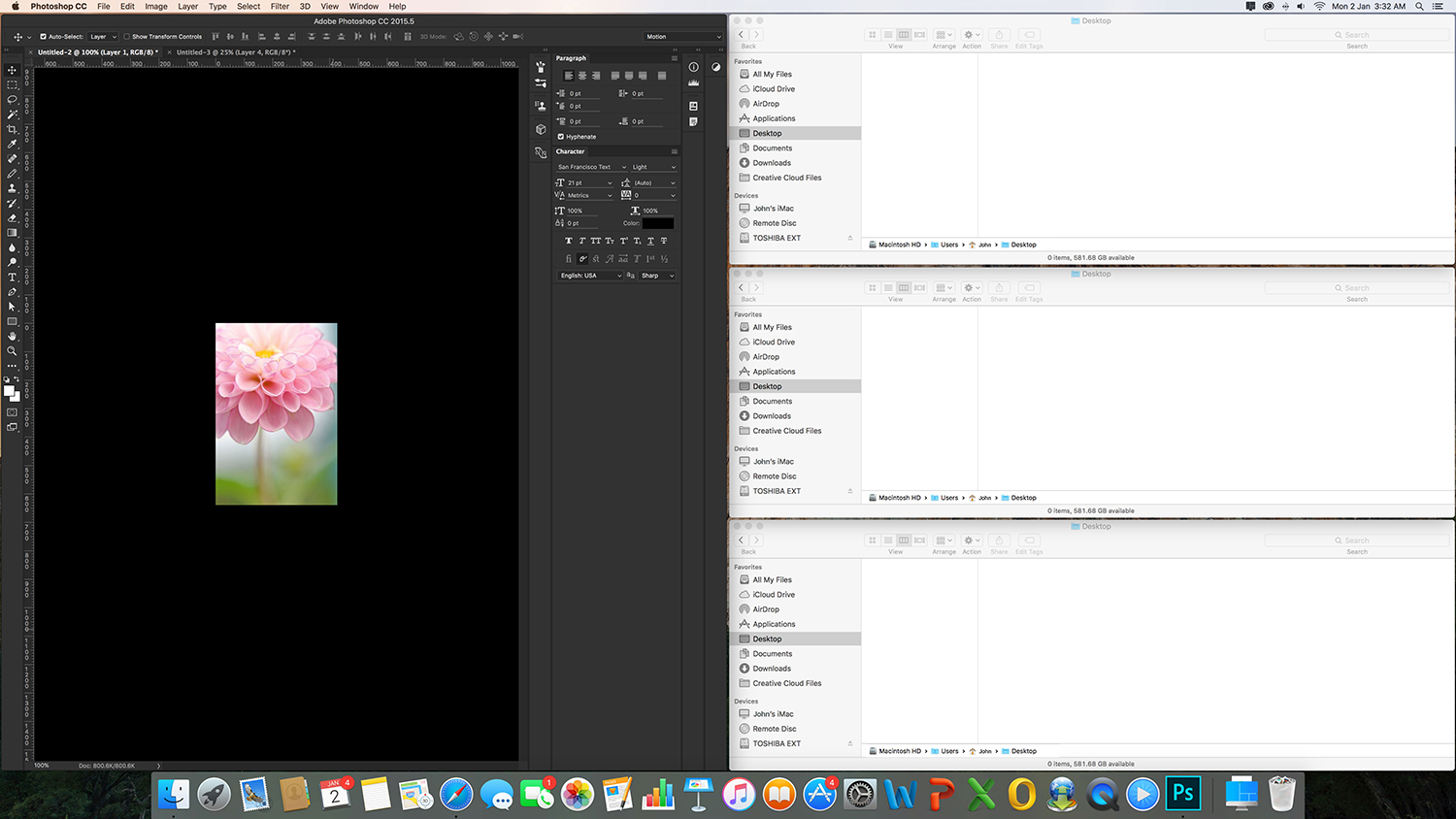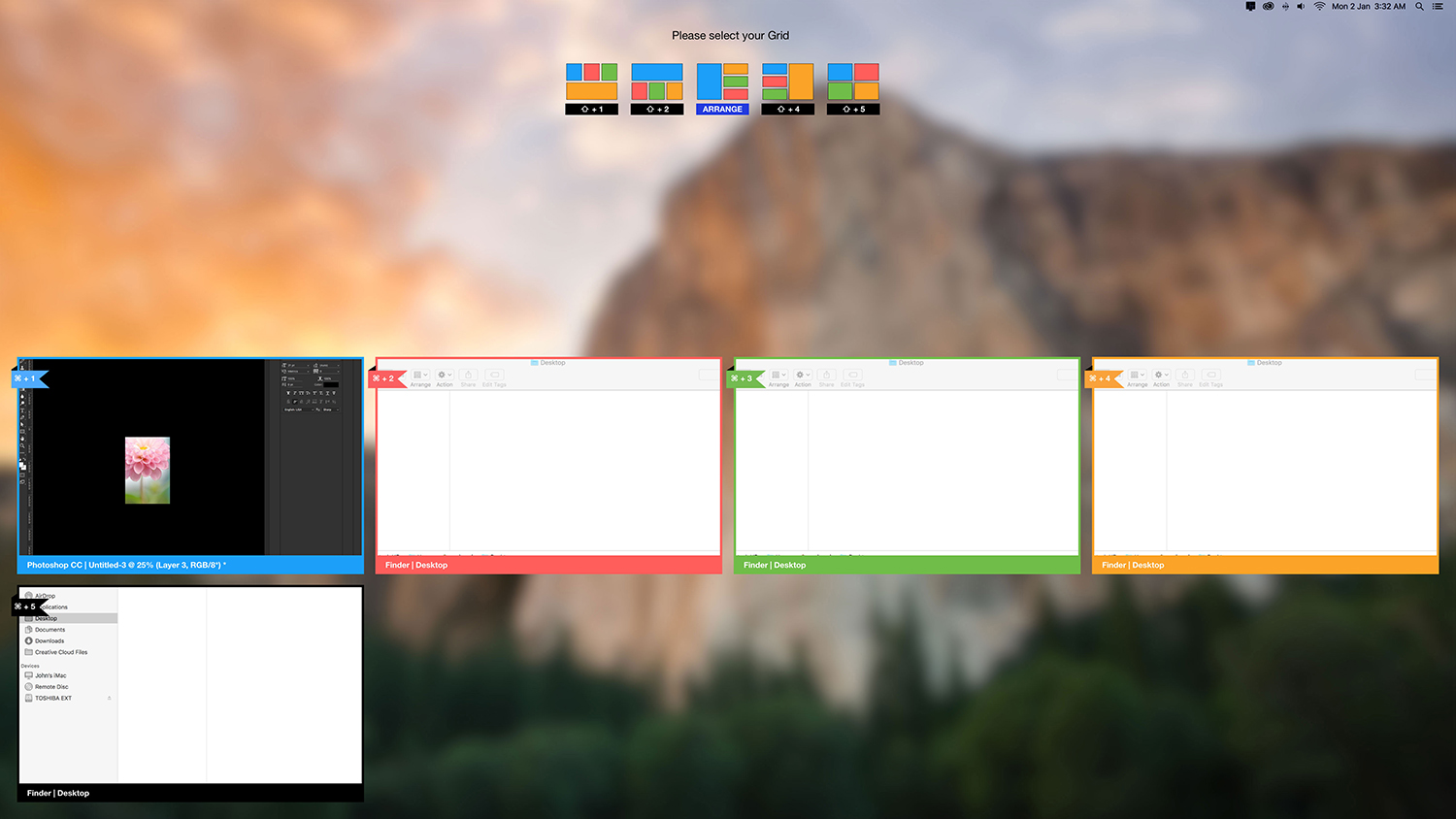
- Gridsutra for multiple screens how to#
- Gridsutra for multiple screens mac os x#
- Gridsutra for multiple screens full#
- Gridsutra for multiple screens software#
- Gridsutra for multiple screens Pc#
Too many windows on your screen? Stop wasting your productivity. Move your mouse over the green zoom button in any window, and Moom's mouse control overlay will appear (as seen in the above animation). Solution to improve the functionality of Windows user interface for comfortableĪnd effective work with multi-monitor configurations. Gridsutra, launched on November 14, is a feature-rich tool that allows users to work in different windows at the same time - quickly and effortlessly.
Gridsutra for multiple screens software#
Actual Multiple Monitors is a software utility which offers the comprehensive This is a tool for powerful automation of OS X.
Gridsutra for multiple screens full#
Without software like this, taking full advantage of an expanded desktop space can be difficult. UltraMon is a piece of software built to help with the management of multiple screens on the same computer system. Alternatively, you can click the tool window options menu or right-click the tool window title bar and select where to attach the tool window under Move to.
Gridsutra for multiple screens mac os x#
Arranging windows on Mac OS X is tedious and imprecise. Click and drag the tool window button on the tool window bar. SizeUp allows you to quickly resize and position your windows with keyboard shortcuts or a handy menu bar icon. What are some alternatives? When comparing Gridsutra and DisplayFusion, you can also consider the following products Used it for many years and I've never used the setting to let DisplayFusion manage the taskbar before. Have a lovely taskbar on both monitors now.Īlternatives to make improve your Windows 11 ExperienceĭisplayFusion,, there is a free version, $29 for one personal pc, $44 for unlimited household pc's, I have taskbars on both monitors now. This is the first time I've let DispayFusion manage my taskbars.
Gridsutra for multiple screens Pc#
I think it's $29 per pc or $44 for unlimited home use.

So whatever app you are making for a device, choose that device and look at its resolution and see whether it is hdpi or ldpi etc. Moreover, you can GOOGLE for the devices and their resolutions and dpi's. It contains a list of devices with their resolutions and image type -hdpi ldpi mdpi xhdpi xxhdpi.
Gridsutra for multiple screens how to#
Now how to know which device will take which image ? See the image below :. So try to download big resolution images and downsize them and put them in the other folders. Xxhdpi will contain images with the highest resolution. Based on the resolution of devices, images are picked from their respective category.

Similarly, there are folders for images called drawable ->hdpi ldpi mdpi xhdpi xxhdpi. When you rotate your device, view will be formed from this folderīased on the dpi/resoulution of your devices, you can create unlimited number of layout folders. Layout-sw600dp-land -> This folder will have xml in LANDSCAPE Orientation for 7 inch devices. Layout-sw600dp -> This folder will have xml in PORTRAIL Orientation for 7 inch devices That mean folders with sw-720 dp are for 10 inch devices, similar 600dp are for 7 inch devices and default layout folders vary from 3 to 5 inch device. In both these folders, there is a dimens.xml file.

There is a layout folder ,values-sw600dp,values-dw720dp-land. Could anyone answer my question and solve my problem? I would appreciate your help! ) I think it isn't necessary, but I wanted to be sure I am doing everything good. I'm getting perfect view when I look on the 7' screen, but the view gets terrible on 3' screen. I used DEVS BITMAP app to get size, which I want my image to look like for different screens. I took first method, create my image in different sizes and copied to folders according to image's size.

Second, is to create layouts(big, medium, small and etc.) My question is: which method is better? Now, my problem. First, to make many images (xhdpi, hdpi, mdpi, ldpi). If I understood well, there are at least 2 ways to show images on different screens and to make it look normal. I read a lot about supporting multiple screens problems in Android, but I didn't solve mines yet.


 0 kommentar(er)
0 kommentar(er)
